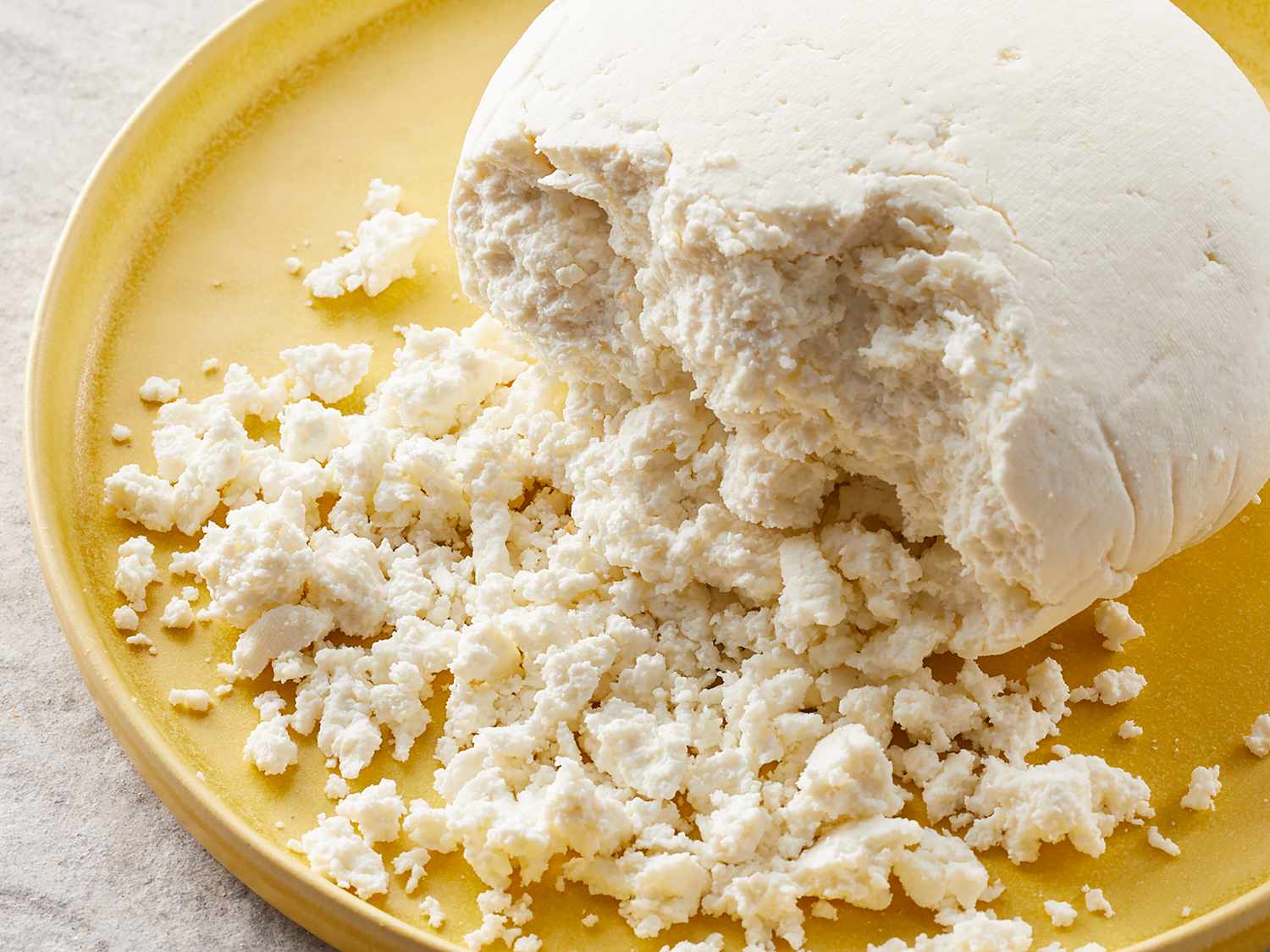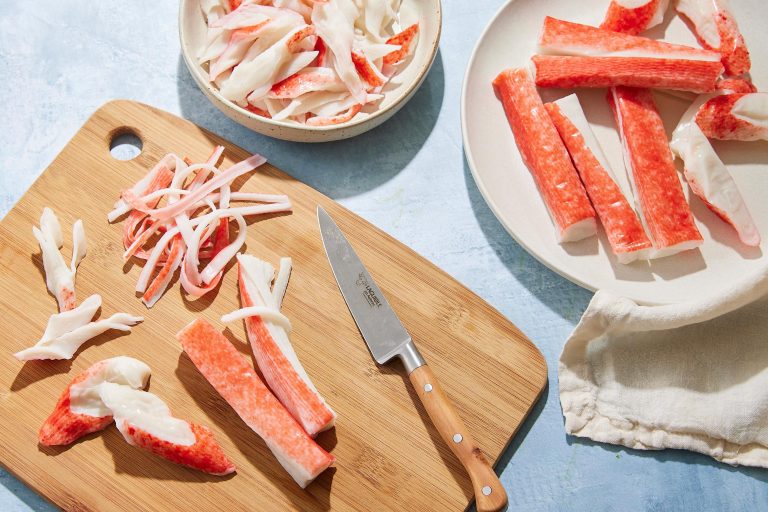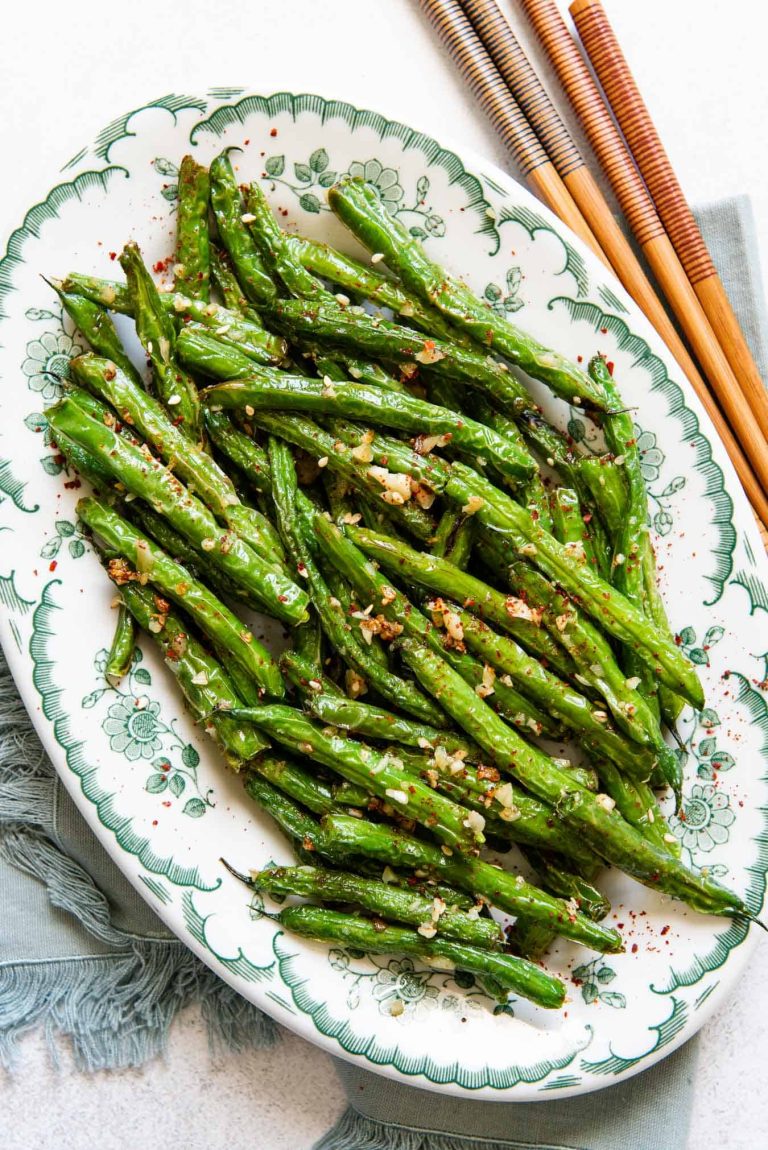Homemade Fresh Cheese Recipe
Fresh cheese is unaged cheese that retains a high moisture content, resulting in a soft texture. Unlike aged cheese, fresh cheese is consumed soon after production. Examples include Ricotta, Queso Blanco, and Paneer. These cheeses are typically mild in flavor and versatile in culinary applications.
Benefits of Making Cheese at Home
Homemade cheese offers several advantages:
- Ingredient Control: You select fresh, high-quality ingredients and avoid additives and preservatives.
- Cost Efficiency: Making cheese at home often costs less than buying comparable artisanal cheeses from a store. For instance, producing Ricotta from a gallon of milk can be more economical than purchasing it.
- Customization: You adjust flavors and textures to suit personal preferences. Adding herbs or spices directly into the cheese creates unique variations.
- Satisfaction: Crafting cheese at home provides a rewarding experience and improves cooking skills.
Creating homemade fresh cheese allows for customization and quality control while offering cost-efficient and flavorful results.
Essential Ingredients for Homemade Fresh Cheese
Choosing the Right Milk
Selecting milk is critical for making fresh cheese. Use high-quality milk, unpasteurized or pasteurized, but avoid ultra-pasteurized options. Ultra-pasteurized milk affects the cheese texture negatively. Opt for whole milk for richer cheese. Skim or low-fat milk alters the flavor and consistency. Goat or sheep milk provides unique tastes and creamy textures.
The Role of Rennet and Cultures
Rennet and cultures are vital in cheese-making. Rennet, an enzyme from calves or microbial sources, helps coagulate milk. It solidifies the milk, creating curds and whey. Use vegetable rennet for vegetarian-friendly cheese. Cultures introduce beneficial bacteria for flavor and texture. They develop acidity, enhancing taste profiles. Select mesophilic or thermophilic cultures based on the cheese type. Mesophilic cultures work at lower temperatures, while thermophilic cultures suit higher temperatures.
Step-by-Step Guide to Making Fresh Cheese
Preparing Your Ingredients and Tools
Gather essential ingredients and tools. Use high-quality whole milk, cheese salt, and your chosen cultures and rennet. Avoid ultra-pasteurized milk; it doesn’t coagulate well. Ensure your kitchen space and utensils are clean. Prepare a large pot, a thermometer, cheesecloth, and a colander. Set everything within reach to streamline the process.
The Cheese Making Process
- Heat the Milk: Pour milk into the pot and heat slowly. Stir frequently to prevent scorching. Use a thermometer to monitor temperature; aim for 86°F (30°C) for mesophilic cultures.
- Add Cultures and Rennet: Sprinkle the culture over the milk’s surface. Let it rehydrate for 2 minutes before stirring. Dilute rennet in cool, non-chlorinated water, then add to the milk. Stir gently for 1 minute.
- Coagulate: Allow the milk to sit undisturbed for 1-2 hours until it resembles custard. Test for a clean break by inserting a knife and lifting; the curd should separate from the whey.
- Cut the Curd: Cut the curd into 1/2-inch cubes. Let it sit for 5 minutes to heal. Stir gently and heat to 105°F (40°C) over 30 minutes, stirring occasionally.
- Drain Whey: Pour the curds into a colander lined with cheesecloth. Let whey drain naturally for 5 minutes. Gather the cloth’s edges and hang to drain for 30 minutes to 1 hour.
- Salt and Shape: Once drained, transfer curds to a bowl. Mix in cheese salt. Shape into a ball or press into a mold for a uniform block.
Curing and Storing Your Cheese
Dry the cheese by placing it on a clean surface for several hours. For aged varieties, store it in a cheese cave or similar cool, humid environment. Maintain 50-55°F (10-13°C) and 80-90% humidity. Flip the cheese daily to ensure even drying. Fresh cheese like Ricotta can be refrigerated and consumed within a week. For longer storage, vacuum seal and refrigerate for up to a month.
Varieties of Fresh Cheese to Make at Home
Popular Recipes and Their Origins
Several popular fresh cheeses are easy to make at home. Ricotta, originating from Italy, uses whey leftover from other cheeses. It’s creamy and slightly grainy, ideal for lasagna and desserts.
Mozzarella, another Italian cheese, is known for its stretchy texture and mild flavor. It requires curd stretching, which gives it its unique consistency. Use it for pizza and salads.
Paneer, an Indian cheese, is firm and doesn’t melt. Made by curdling milk with lemon juice or vinegar, it’s often used in Indian curries and grilled dishes.
Queso Blanco, a Latin American cheese, is unaged and non-melting. It’s created by acidifying milk and works well in soups and salads. Each of these cheeses has distinct qualities tied to their regional origins, making them versatile for various recipes.
Experimenting with Flavors and Textures
Enhance homemade fresh cheese by experimenting with flavors and textures. Add herbs like chives, thyme, or dill to Ricotta for a savory spread. Mix black pepper or smoked paprika into Paneer for an extra kick.
Change the texture by varying curd size. Larger curds yield a softer cheese, while smaller curds create a firmer texture. Adjust draining time to influence moisture content; longer draining results in a drier cheese.
Incorporate different types of milk, such as goat or sheep milk, to achieve varied flavors and textures from the same recipe. Trying new cultures or rennet types can also change the cheese’s final characteristics.
Keep experimenting to create unique cheese varieties tailored to your taste preferences.
Tips and Tricks for Perfect Homemade Cheese
Troubleshooting Common Issues
Addressing common issues ensures your homemade cheese turns out well. If cheese isn’t setting, ensure you’re using milk without additives; calcium chloride helps in firming. For crumbly cheese, verify rennet’s potency and check ambient temperature. Transporting cheese in extreme temperatures may affect texture; maintain a stable, cool environment. When dealing with an overly acidic taste, reduce citric acid or lemon juice, or try different curdling methods to balance flavors.
- Not Setting: Use additive-free milk, add calcium chloride.
- Crumbly Texture: Verify rennet potency, maintain ambient temperature.
- Acidic Flavor: Reduce citric acid, alter curdling methods.
Enhancing Texture and Flavor
Enhancing texture and flavor adds depth to your cheese. Experiment with different milks—for instance, goat milk yields a creamier product than cow milk. Adjust moisture by varying draining times and curd size. Adding herbs (like chives or basil) and spices (such as black pepper or garlic) offers customized flavors. A controlled aging environment at consistent temperatures optimizes flavor development in cheeses like Mozzarella. Incorporating natural cultures versus commercial ones creates unique cheese profiles catered to your taste.
- Milk Types: Goat milk for creamier texture.
- Moisture Control: Adjust draining times and curd size.
- Flavor Additions: Use herbs, spices.
- Aging Environment: Maintain consistent temperatures for flavor development.
- Culture Types: Experiment with natural versus commercial cultures.
Conclusion
Making fresh cheese at home opens up a world of culinary possibilities. You control the ingredients and tailor the texture and flavor to your liking. Whether you’re crafting Ricotta, Paneer, Mozzarella, or Queso Blanco, the process is both rewarding and cost-effective.
Experimenting with different techniques and ingredients allows you to create unique cheese varieties that suit your taste. With a bit of patience and practice, you’ll soon master the art of homemade cheese, delighting your palate and impressing your friends and family.
Dive into the world of fresh cheese and enjoy the endless possibilities it offers.






